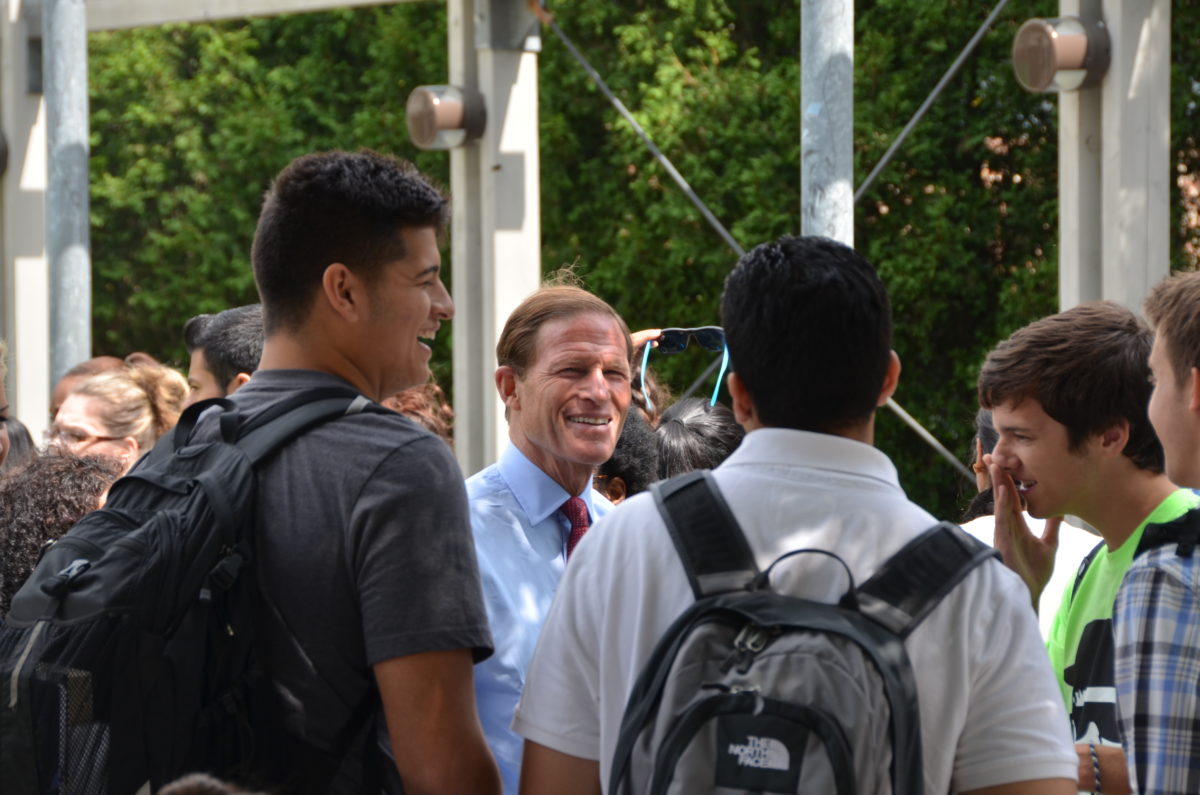If more young people don”™t find jobs, the state”™s going to have a hard time paying its bills later on, according to a new study.
Youth unemployment has more than tripled since 2000, according an annual Labor Day report by Connecticut Voices for Children. Some 17.1 percent of workers age 16 to 24 were out of work in 2012, when only 5.6 percent were in 2000.
For a strong economy and future tax base, the youth need to start working at higher rates and earlier on, said Orlando Rodriguez, a CT Voices senior policy fellow and co-author of the report. CT Voices is a New Haven-based think tank.
“The longer they wait to get a job, the longer it will take to find one,” Rodriguez said. “They”™ll have more periods of unemployment (and) less money overall.”
In 2012, the youth unemployment rate was more than double that of 24 to 54 year-olds (7.4 percent), and nearly triple the rate of those over 55 years old (6.4 percent).
Young workers are the future of the state”™s workforce, Rodriguez said. The less experienced and skilled they are, the weaker the economy will be.
In light of the state”™s mounting long-term liabilities, like health care for the growing elderly population, the state will be increasingly reliant on young people, according to the report. They will prove crucial to the future economy, yet a young person”™s odds of being unemployed in Connecticut is higher than the national average of 16.2 percent.
For Connecticut”™s black and Hispanic workers ”” who earn 72 cents and 55 cents, respectively, for every dollar earned by a white person ”” the prospects are even worse.
Connecticut added more than 15,600 jobs between 2011 and 2012. Yet nearly two-thirds of the jobs added were in lower-wage job sectors like health care, retail and food service. The news may sound promising for young people, who disproportionately depend on those sectors, but the jobs have mostly been filled with older, more experienced workers displaced by the recession.
“Job growth is good, we want jobs,” Rodriquez said. “But we need to place a lot of emphasis not just on the number of jobs but the types of jobs ”¦ We”™re losing middle-income jobs and replacing them with lower-income jobs.”
In recent years U.S. Census data have shown a migration of age 18 to 24 residents out of the state, but those are usually people with higher education, said Rodriquez. Those who have stayed are typically less educated and less skilled to begin with.
But now job opportunities for the age group are even worse, he said.
Outlining possible solutions in the report, Edie Joseph a CT Voices policy fellow, said it was largely up to the governor and state legislators to provide greater education and training.
Young children should have access to high-quality preschool, public schools need more funding and higher education should be more affordable, according to the report. Additionally authors argue for greater college training programs that partner with regional businesses.
“We can”™t afford an economy that leaves our young people behind,” said Joseph, who also co-authored the report. “We urgently need a renewed commitment to supporting youth to get Connecticut back on track.”






















